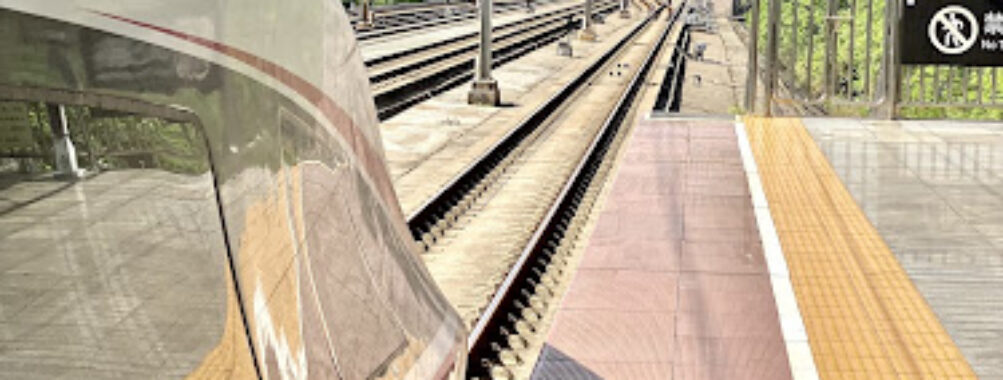
Leiyang
“`html
Table of Contents
Description
Leiyang, tucked away in the southern part of Hunan Province, is one of those places that quietly surprises you. It’s a county-level city under Hengyang’s administration, but don’t let that bureaucratic title fool you—it’s got its own pulse, its own flavor. The city hums with a mix of old-world charm and the kind of everyday authenticity that’s getting harder to find in rapidly modernizing China. You won’t see skyscrapers jostling for attention here; instead, you’ll find tree-lined streets, lively local markets, and a sense of calm that feels almost nostalgic.
You know that feeling when you visit a place and realize it’s not trying too hard to impress you? That’s Leiyang. It’s modest but proud, with roots that run deep into Chinese history. The city has been around since the Qin Dynasty, which means every corner has a story if you’re patient enough to listen. I remember chatting with a local tea seller near the Leiyang River—she told me how her family had been farming tea on the same hillside for generations. You can taste that history in every sip.
Leiyang’s landscape is a patchwork of rivers, rolling hills, and farmland. The Leishui River snakes through the city, giving life to both the people and the paddy fields. And while it’s not a big tourist magnet (yet), that’s actually its charm. You get to experience real Hunan life—spicy food, friendly chatter, and the kind of hospitality that feels genuine. Some travelers might find it a bit slow-paced, but if you’re looking for authenticity over gloss, Leiyang delivers.
Key Features
- Historical depth: Leiyang’s history stretches back over 2,000 years, with archaeological finds and ancient temples scattered across the region.
- Local cuisine: Expect fiery Hunan dishes—think chili-packed stir-fries, smoked meats, and pickled vegetables that pack a punch.
- Natural beauty: Surrounded by gentle hills and rivers, the city offers scenic countryside perfect for quiet walks or photography.
- Tea culture: Leiyang’s tea-growing tradition is centuries old, and you can visit local farms to see how the process unfolds.
- Festivals: Local festivals, especially during Lunar New Year, bring the streets alive with lion dances, fireworks, and traditional performances.
- Friendly locals: People here are down-to-earth and curious about visitors—expect to be greeted with smiles and maybe a few selfies.
Best Time to Visit
If you’re planning a trip, spring (March to May) and autumn (September to November) are your best bets. The weather is mild, and the air feels fresh, especially after the winter chill lifts. Spring brings a lush green glow to the fields, while autumn paints the hills in warm, golden tones. Summer can get humid—like, the kind of sticky heat that makes you crave iced tea every hour—but it’s also when the local produce is at its peak. I once visited in July and ended up buying a basket of peaches from a roadside vendor—they were ridiculously sweet.
Winter, on the other hand, is quiet. The air can get crisp, and the city feels slower, but that’s part of the charm. If you don’t mind layering up, it’s a peaceful time to explore without the crowds. And honestly, sipping hot Hunan tea while watching mist roll off the riverbanks? That’s a vibe.
How to Get There
Reaching Leiyang is easier than you might think. The city is well-connected by rail and road, sitting along the Beijing–Guangzhou railway line. If you’re coming from Changsha, the provincial capital, it’s about a two-hour train ride—perfect for catching up on a podcast or just staring out the window as the countryside rolls by. There are also buses from nearby cities like Hengyang and Chenzhou, though they take a bit longer.
For those who prefer flying, the nearest major airport is in Hengyang, and from there, it’s roughly a 90-minute drive to Leiyang. Taxis and shared rides are easy to find at the station or airport. Just make sure to have your destination written in Chinese characters—it makes things smoother. And if you’re feeling adventurous, renting a car gives you the freedom to explore nearby villages and scenic spots that public transport doesn’t reach.
Tips for Visiting
First off, don’t rush. Leiyang isn’t the kind of place you “do” in a day—it’s a city that rewards slow travel. Spend time wandering the local markets; you’ll find everything from handmade bamboo baskets to piles of dried chili peppers that will test your spice tolerance. Try the street food, too. The fried tofu here has a smoky flavor that’s addictive.
If you’re not fluent in Mandarin, a translation app will be your best friend. English isn’t widely spoken, but locals are patient and will often go out of their way to help. And if someone invites you to share a meal, say yes. Hunan hospitality is legendary, and those home-cooked dishes will probably be the highlight of your trip.
Bring cash, as smaller shops and eateries might not accept cards. Also, be prepared for spicy food—Hunan cuisine is famous for its heat, and Leiyang is no exception. If you’re sensitive to spice, let the server know (“bu la” means “not spicy”).
Lastly, take time to explore the countryside around the city. The smaller villages are where you’ll see traditional life continuing much as it has for generations. I once stumbled upon a small temple on a hillside just outside town—it wasn’t in any guidebook, but the caretaker invited me in for tea and told stories about local legends. Those are the kind of moments that stick with you long after you’ve left.
Leiyang might not be the flashiest destination in Hunan, but that’s exactly why it’s worth visiting. It’s a place that doesn’t need to shout to be heard—a quiet, steady rhythm of daily life that invites you to slow down, breathe, and just be. And in today’s world, that’s a rare gift.
“`
Location
Places to Stay Near Leiyang
Find and Book a Tour
Explore More Travel Guides
No reviews found! Be the first to review!